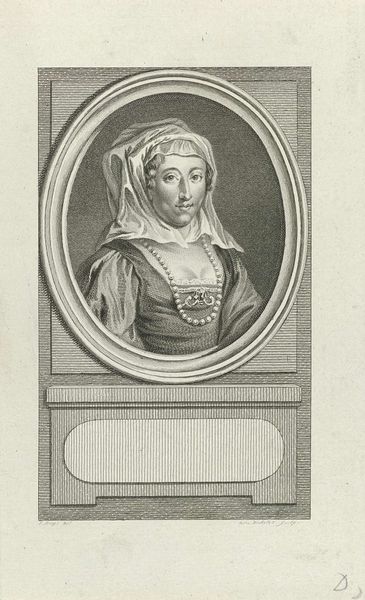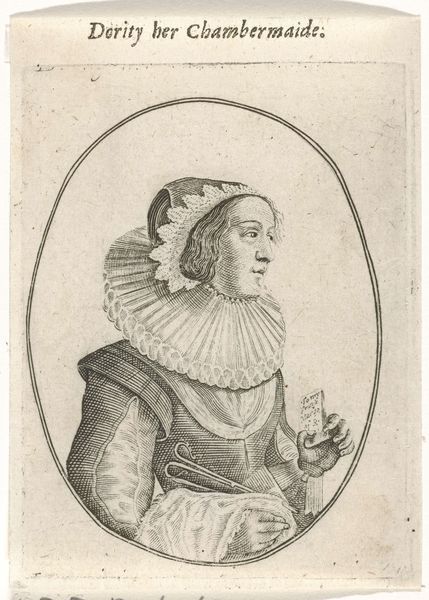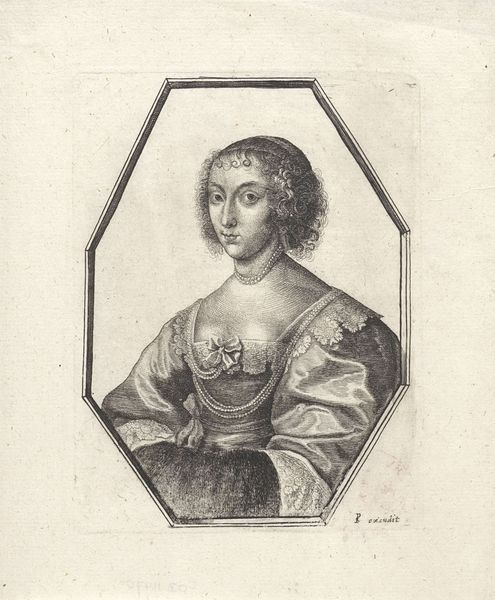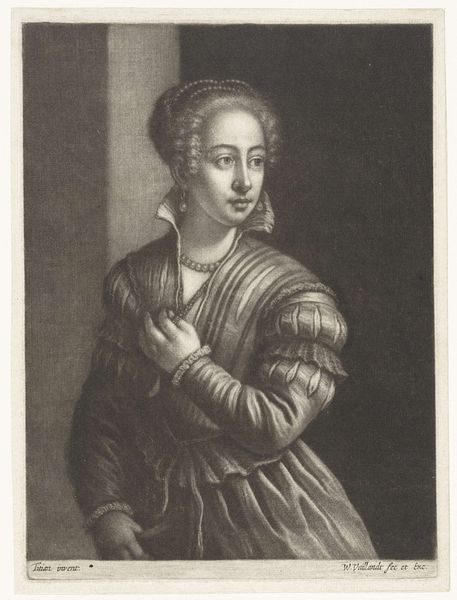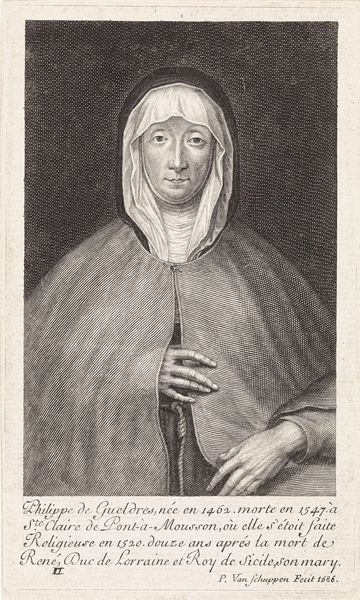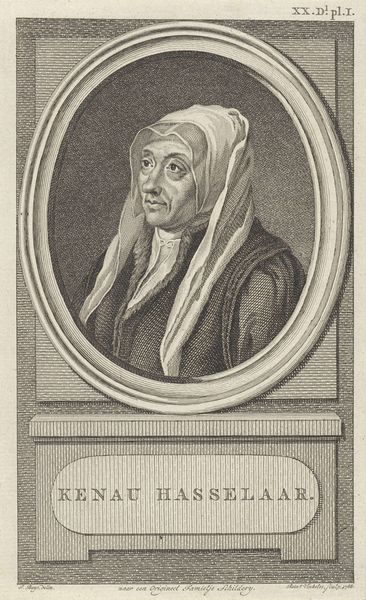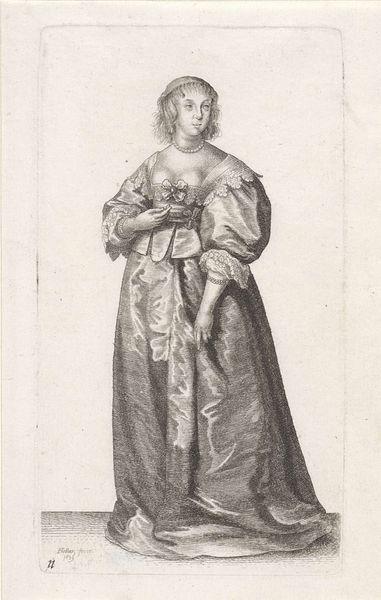
print, engraving
#
portrait
#
baroque
# print
#
winter
#
northern-renaissance
#
engraving
#
realism
Dimensions: height 247 mm, width 179 mm
Copyright: Rijks Museum: Open Domain
Editor: Here we have Wenceslaus Hollar's "Winter," created in 1641. It's an engraving, and what strikes me is the formal presentation, almost like a document of the period. What do you make of it? Curator: The presentation of this print aligns perfectly with its moment in history. Hollar was working within a social context increasingly obsessed with representation and the assertion of status through imagery. What's most fascinating is the carefully constructed image of "Winter" as an allegory; not merely a portrait of a woman, but the embodiment of a season, an idea. How do you think the average person during the Baroque period would have reacted to this piece? Editor: Perhaps they would have seen it as a fashionable portrayal of the upper class and the ways they shield themselves from the harsh realities of winter, as much of the population suffered greatly in the winter months. The fur and refined clothing emphasizes that distinction, doesn’t it? Curator: Precisely. This image speaks volumes about the era’s socio-economic divides and how they were visualized and consumed by different segments of the population. Hollar, working in print, was uniquely positioned to disseminate these ideas, which helped perpetuate certain power structures, or, we could say, to codify a certain kind of public imagery, in contrast with older ways of viewing, especially pre-Reformation and Renaissance imagery. It's almost like propaganda, would you agree? Editor: I hadn’t thought of it as propaganda before, but it does reinforce a specific viewpoint. Seeing it as a social document helps unlock so many layers of meaning. Curator: Indeed. And that lens of historical analysis gives us crucial insights into the artwork and the culture in which it was produced and circulated. Editor: Absolutely, it's changed how I understand the purpose of this artwork. Thanks for that!
Comments
No comments
Be the first to comment and join the conversation on the ultimate creative platform.
